Last Updated on July 30, 2021
Perhaps it wouldn’t be hyperbolic to say that J.R.R. Tolkien may be the most influential writer of the modern era. His works may be set in fantasy, but the inspiration he drew from was a rich life that saw both the best and worst of humanity. From his real life love story with Edith Bratt, to the terrors he faced as an enlisted man, Tolkien brought his own history to fantastical life with The Lord of the Rings, The Hobbit and more. And this is the world that is presented to you in the new film biography, TOLKIEN. In it, director Dome Karukoski (TOM OF FINLAND, HEART OF A LION) brings the author's story to the big screen courtesy of the very talented Nicholas Hoult who portrays the iconic figure perfectly.
We recently had the incredible chance to not only interview the cast – which you can catch here -and director behind the new film, we were invited to spend a day at the very institution where Mr. Tolkien attended and lectured. During our interview with Mr. Karukoski, the filmmaker discussed his admiration and respect for the author. He talked about telling this specific story about J.R.R., including his years at Oxford. The film explores Tolkien’s education where he befriended R.Q. Gilson (Patrick Gibson), G.B. Smith (Anthony Boyle) and Christopher Wiseman (Tom Glynn-Carney). As well, we meet the love of Tolkien’s life, Ms. Edith Bratt, who is beautifully portrayed by the talented Lily Collins.
Speaking to Dome, it was absolutely clear the passion he felt for the subject. His knowledge of the author and how closely he could connect with him is inspirational in itself. In addition to the interview, while in London for the film’s junket, the journalists in attendance were given a chance to take the train from Paddington Station to the hallowed halls of Oxford and get a bit of history on his work. There is something quite magical about Oxford University, and frankly it was hard not to get goosebumps stepping into The Eagle and Child, the place where “The Inklings” – a writer’s group that included Tolkien, C.S. Lewis, Charles Williams and Hugo Dyson – would meet.
We have more to come from TOLKIEN, including interviews with Hoult, Collins, Patrick Gibson, Glynn-Carney and Boyle. If you happen to be a fan of the author, you are likely not going to want to miss the new film opening this Friday – and currently playing in the UK.
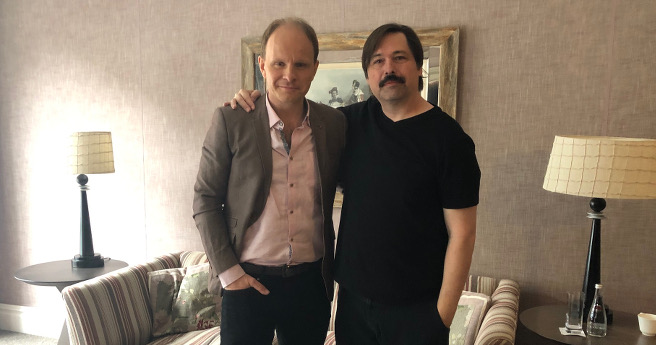
As a fan of Tolkien yourself, how do you break it down and find which story to tell?
Well the good thing is of course that he's, he hasn't written any of his stories yet. The time we're depicting, of course, he did The Fall of Gondolin, he did The Story of Kullervo, never finished it – the Story of Kullervo I mean – coming from Finnish mythology, Kalevala, he did Fall of Gondolin post-war, but he hasn't kind of finished anything. We don't know exactly the way he finished at that time.
So when you approach it, or you break it down, which story to tell about from his mythologies. It's actually his growing up story, which is relevant, and not just growing up story as it, as a young man, but how his mind grows up, how his imagination grows up. That was kind of my thought, you show and depict how a young man's imagination grows, how he gets to know that and also understand the darker side of it. And in a way, the whole film is a sketch, and he's kind of sketching his mythology through his own experiences. So there's a layer of his own experiences, there's a layer that inspires him to then see visions or hear things or feel things. But none of that is yet finished, so all of this is layered, kind of these sketches that he's seeing then later on becomes the masterpiece painting. Like the ceiling of the Sistine Chapel. So it's slowly, slowly during the years it draws a line, there and there and there.
So you have to think like, having read all of his books and many of them twice, I have to understand I know Nazgul, but it's not yet a Nazgul. I have to know like, how would he think to build that. Well, you know, his mother tells a story, the story of Sigurd, he envisions the embodiment of a hero, with the white horse. Sigurd, the story's actually quite dark, you know, there are fairy book ghosts, and from the saga, of course it's like Sigurd is in the pits, he's in mud, killing a dragon, right? But of course he then envisions the very hero, a white horse, which is so prevalent in his mythologies. But then when his mind corrupts during war, he, that hero, that white hero in his mind changes into a fallen dark knight. So he's sketching and changing and changing it. And later on, he will then mold it into a Ringwraith or something. So it's not yet that. That's the kind of thinking. And every element there is thought through that breakdown.
Well it must be, as a director to be able to recreate those images, in your own voice, in your own vision, that must be an experience.
Yeah, well, you're privileged to, A, privileged that I read the books before I saw the films, so I've grown in my own mind of how I see Mordor or the Two Trees of Valinor, how I see them. So I'm privileged in that, and the second privilege of course is Fox Searchlight, probably the best place to work as a director in the world, and allows you to do this film. Go do Tolkien, you're a Tolkien fan, make a great Tolkien film. And, it feels like it, I mean, it's work, it's hard work, but it almost felt like being alongside your hobby.
You incorporate these different images and in different timelines into what the film. Was that always part of the script or did that kind of change throughout?
Well, the script I received and then, you know, we rewrote six, seven drafts. It wasn't that, it had war, but it was a different kind of war. Maybe perhaps the fantasy elements were almost none, I can't remember, maybe it was one nightmare? So I slowly started adding that, and how to build those levels, and always liked to experiment and explore while editing. It’s kind of like to break in the film for, break time sequences. I've done that in several films, where I break time sequences, if you break time sequences it flushes out emotion, it's a method.
So it might be when you're editing and the music's not there, sometimes people are difficult to follow, the edit, the cut version. We're trying to find the supreme time levels, which is of course, when you're referring to the young boy seeing this heroic horse and a knight. His mother’s telling a story, so we cut to fantasy land, but we cut to Nicholas Hoult's addled version, thinking of that moment, and seeing the fantasy. So you actually parallel in three levels and three kinds of places and milieus. That was not in the script, it's totally my personal method.
And with my editor Harri Ylönen, who's edited all my films.
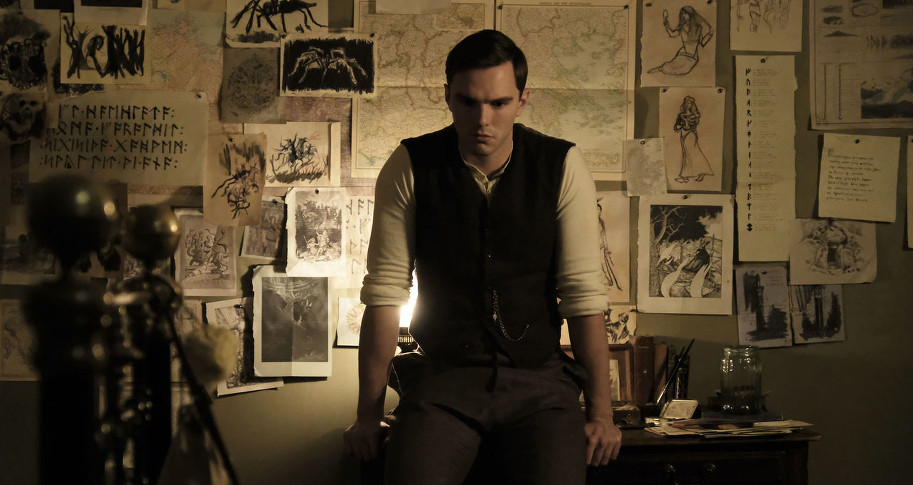 There's a real beauty in the way you shoot these sequences, and they're slightly different, like one of the most impressive sequences is the war scene where he's resting in a pile of bodies. It's stunning, how did you decide on the color, and changing the way each storyline looks?
There's a real beauty in the way you shoot these sequences, and they're slightly different, like one of the most impressive sequences is the war scene where he's resting in a pile of bodies. It's stunning, how did you decide on the color, and changing the way each storyline looks?
Well, again, it comes down to what does Mordor look like in my mind, or the early stages of Mordor in my mind before I saw the films. So we're building that. I think Grant Montgomery, who's our production designer, he's done this vast research of World War I. And what's intriguing, we only see the black and white images of that. And we only, we don't really see when there's gas, and there's so much chemicals in that war, so the water has oxide in it, it colors the water. Which means that Somme, it's close to a river, it's very humid, which means there's this vapor that comes, so basically you have color all the time. You have different kinds of colors in the air all the time. So that was kind of the thought of, actually color was a very central part of the war at this place.
So you start building from there, and then the bomb crater, because the bombs were so huge. What happens if a bomb hits a certain place where there's a lot of soldiers, they don't have time to cart the bodies, it's just going. So it's just building this world and the Army of the Dead in that sense, this kind of ideal, an army of the dead that had been left somewhere, to die and to wait for eternity. So just building this story, building his own, it's not Mordor, but he himself said that war is not Mordor, but the emotion and the turmoil that he sees is an emotion he takes in his own mythologies. I don't know if that answers your question, but like-
No, it does. Actually, you describing it, especially the Army of the Dead, gave me chills. It just, as a fan myself, and I know you are. When did you discover Tolkien's work, at what age?
Well, [it was] very deeply instrumental in who I am as a filmmaker, actually, 'cause I read Lord of the Rings when I was 12 or 13. At that time I was growing up without a father, because I grew to know my father in my late teens, like Tolkien, you know, and I was quite an outsider, like Tolkien, and I was bullied, and I was a loner, and was a bit miserable in my life. So you search for worlds that you want to escape to. So I think I had seen the STAR WARS films, and that was a big thing, but then you read this book, Lord of the Rings was the first one, and then you kind of envision your first crush on an elven lady, you envision this, you start playing Dungeons and Dragons – the role playing board games – and I always played a wizard. But in his mythologies the wizards are Maiar, so they're spirits, but in Dungeons and Dragons you're a human being, you make a tower, you marry the elven princess, you know, you create a story kind of like Tolkien.
Yeah, right.
So, it was very instrumental, those stories became friends. Those stories that you read from him and then the stories you generate inspired by him in the Dungeons and Dragons, you know, go into campaigns, the ropes. So basically, it [helped me] grow as a filmmaker at a young age. And then of course I read, probably read almost every one of his books, and many of them a second time.
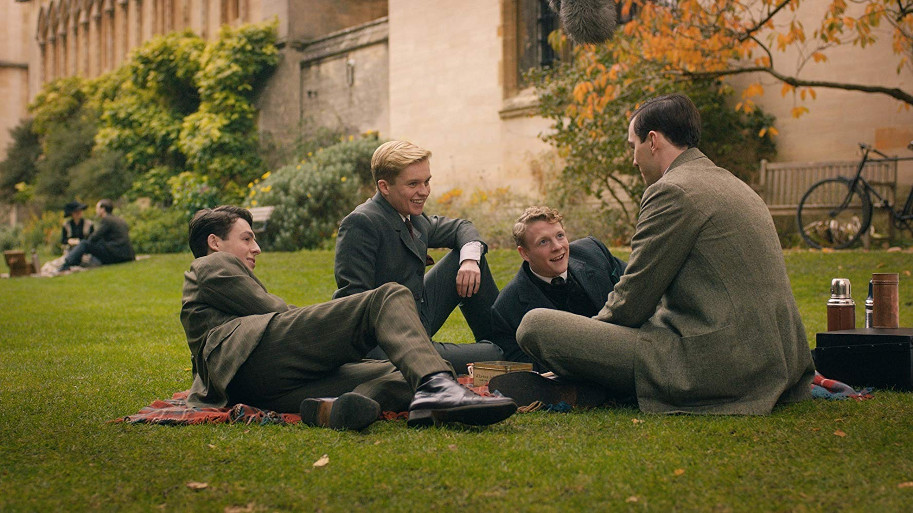 Now, with with Nick, he doesn't really look like Tolkien, but how did you know he could pull it off, and bring the essence of the man?
Now, with with Nick, he doesn't really look like Tolkien, but how did you know he could pull it off, and bring the essence of the man?
That's intriguing because I had just seen the film called SAND CASTLE, on Netflix, and the studio had just worked with him in THE FAVOURITE, so it was kind of on top of our both lists, but I didn't have a script yet. Because I think it was not [ready] yet, it didn't tell the film I wanted to tell. So we arranged a meeting, and the studios are fast on it, it happened the next day.
Wow.
Benefits of working for a Hollywood studio [Laughing].
Yeah, exactly!
And then I didn't have the script, I just, okay, I remember a story, which is a dream that my father was an actor, and he auditioned once for Costa-Gavras. He would prepare the role and everything, and talk two hours, everything else except the film, and then Costa-Gavras would go like, "Thank you, I think you're a wonderful human being, George," That's my father's name, "George, you're a wonderful human being, but you're not right for the role." I kind of applied that in this, I thought, okay, I'll do that thing, which is like I just wanna know who he is, who Nick is.
So we just talked an hour and a half, just talked, who he is, kind of found out who he is, and he's an intelligent, warm, witty, fast, playful, so all these elements that Tolkien has. Just feeling that, and after seeing MAD MAX: FURY ROAD, after seeing SAND CASTLE, seeing his scale of acting, it was just like, at that moment it was like it can't be anyone else.
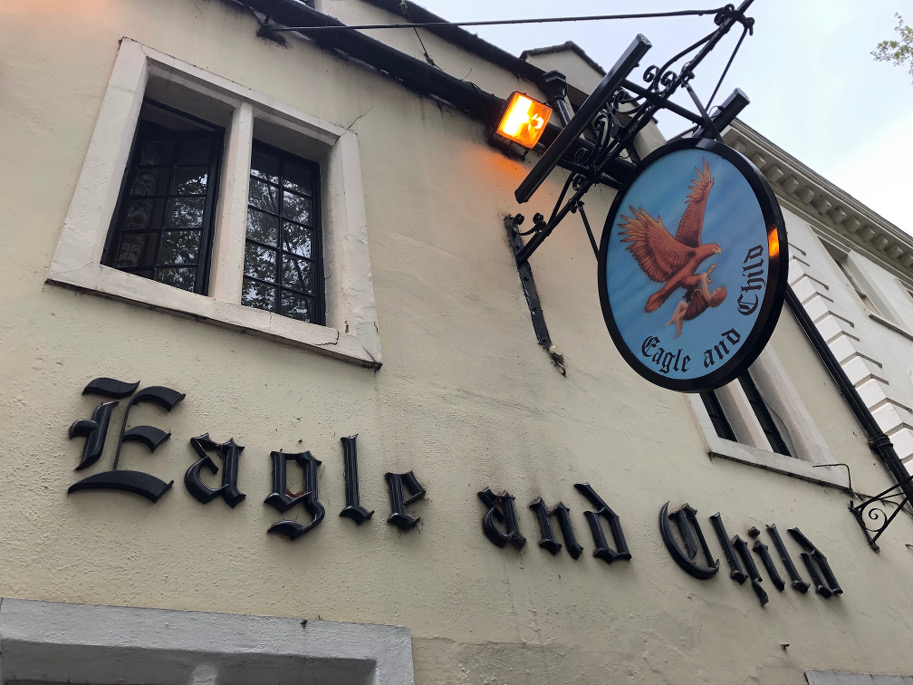
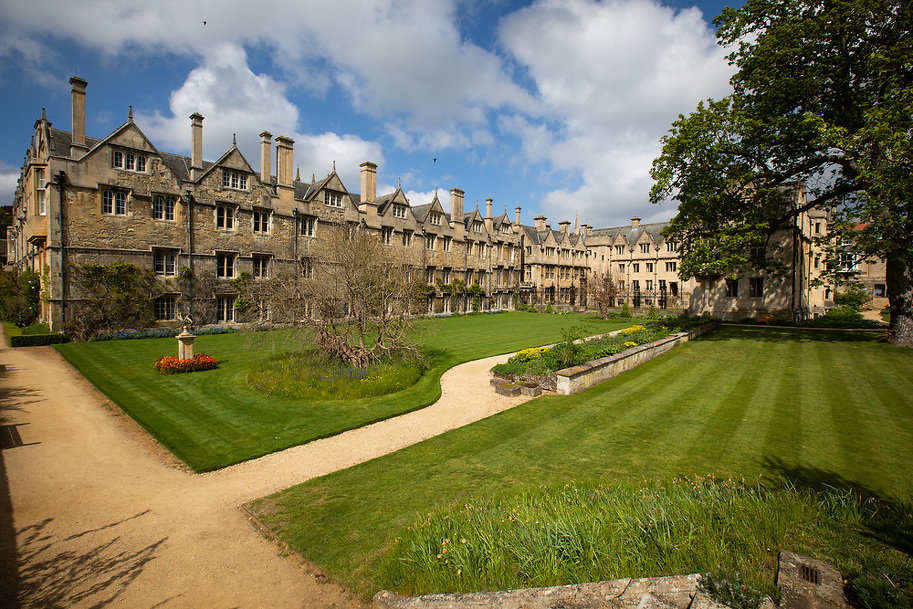

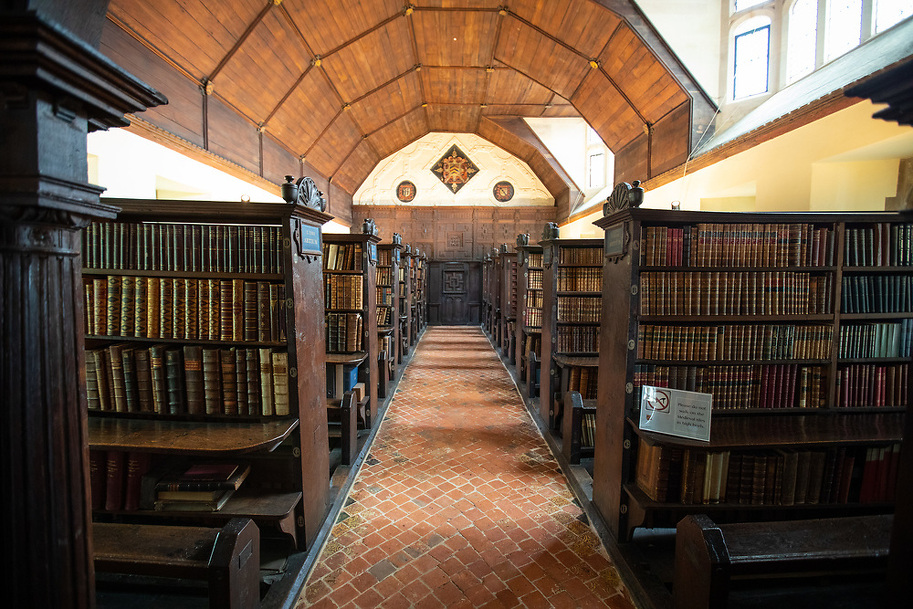
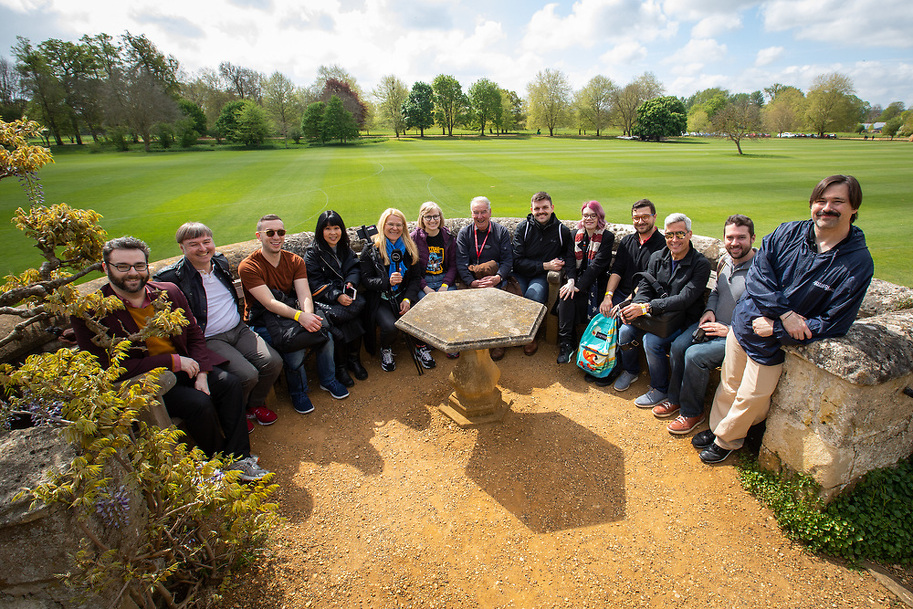


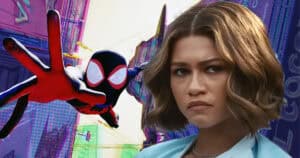
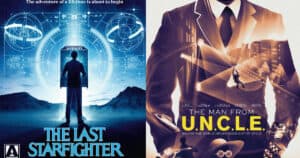
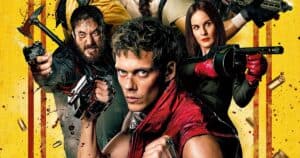
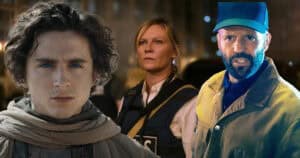
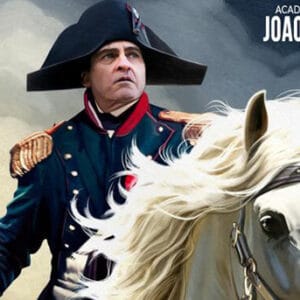
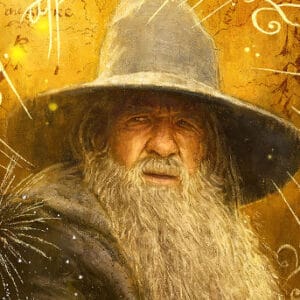

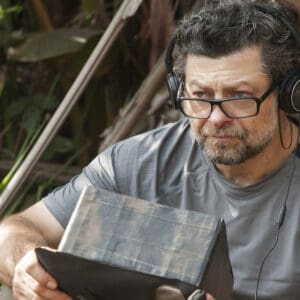
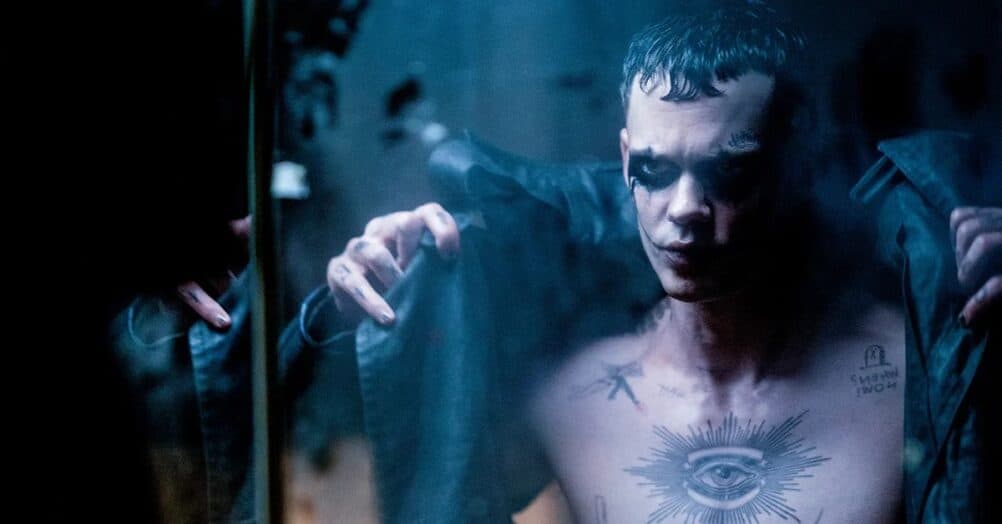
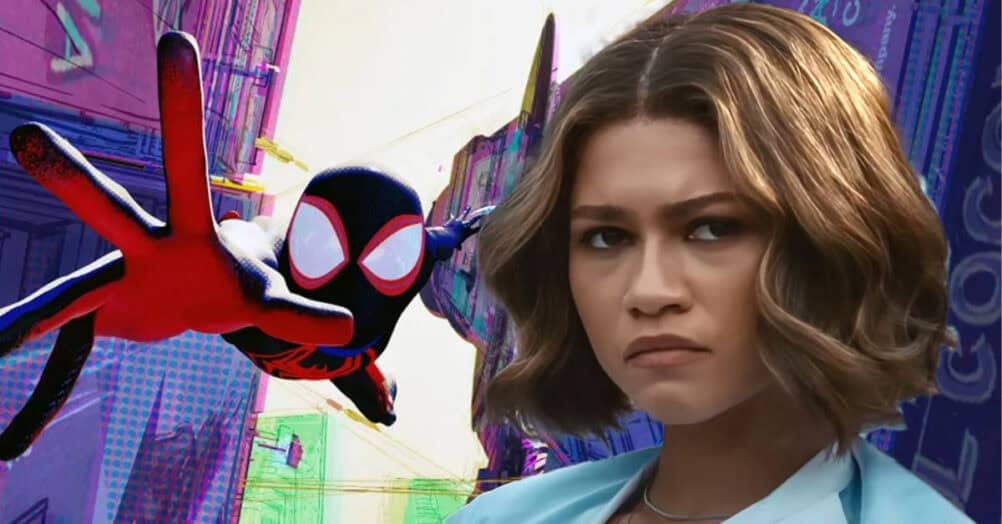
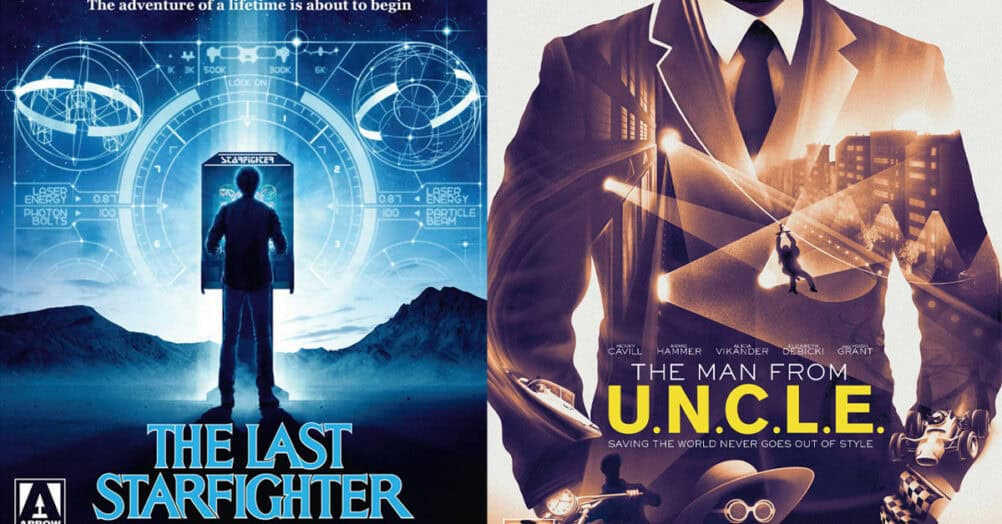
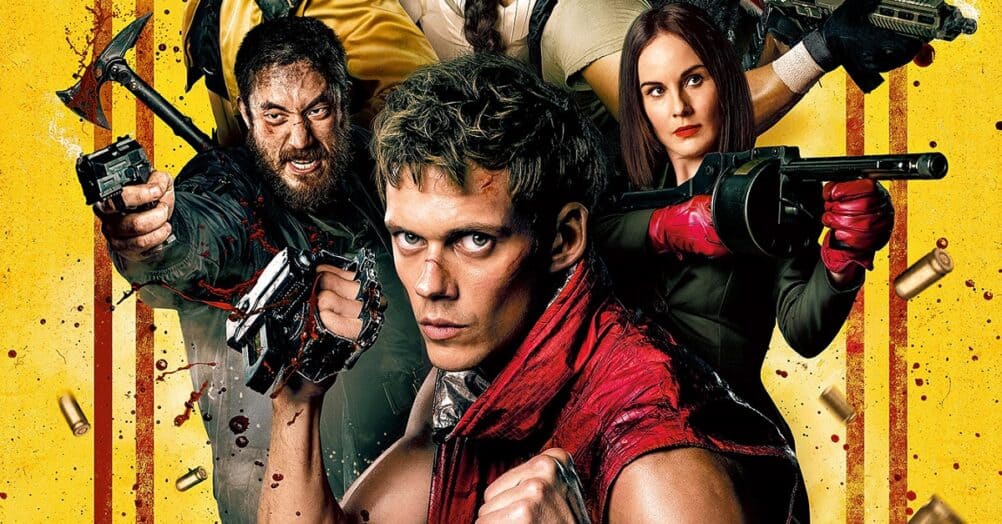
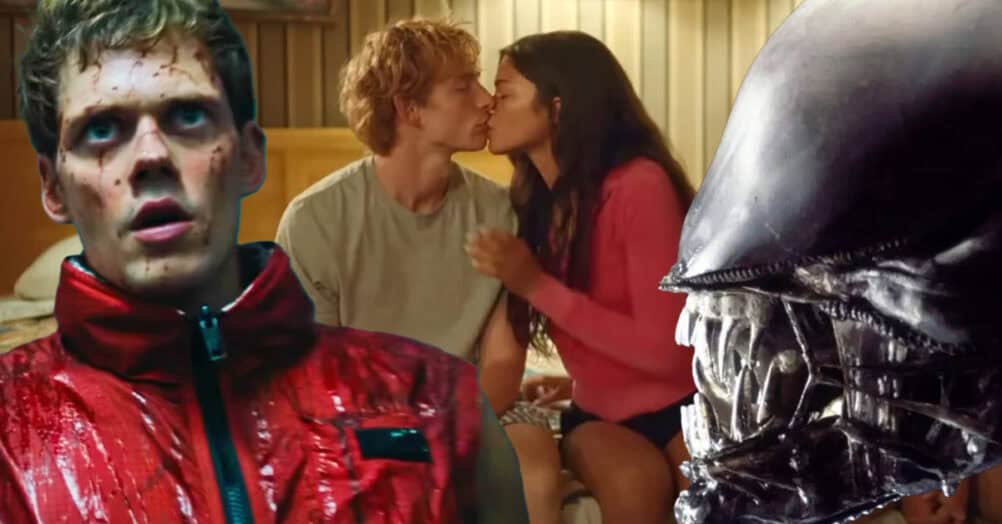
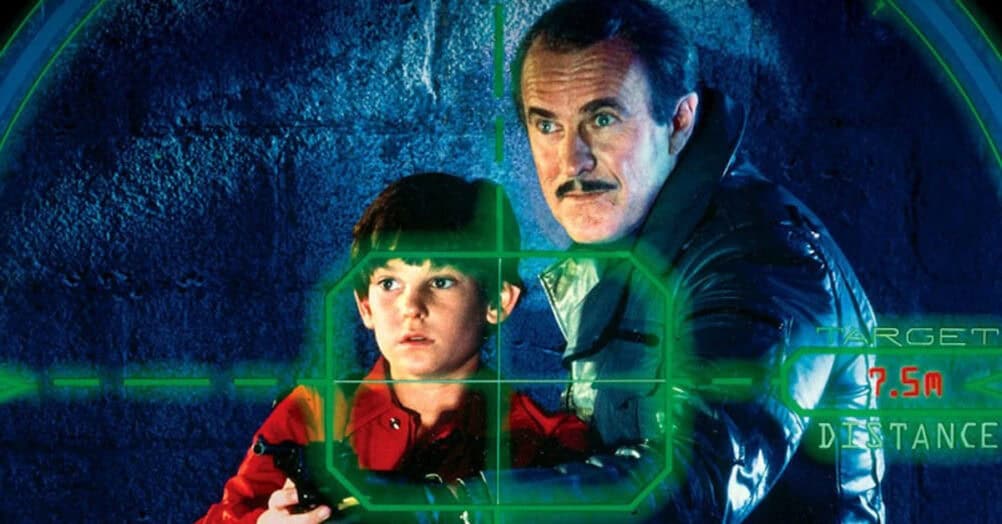
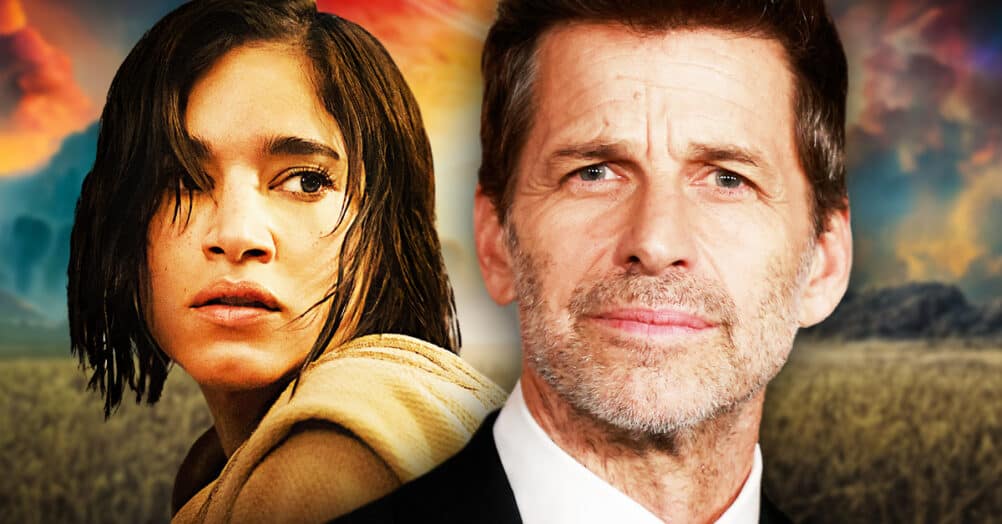
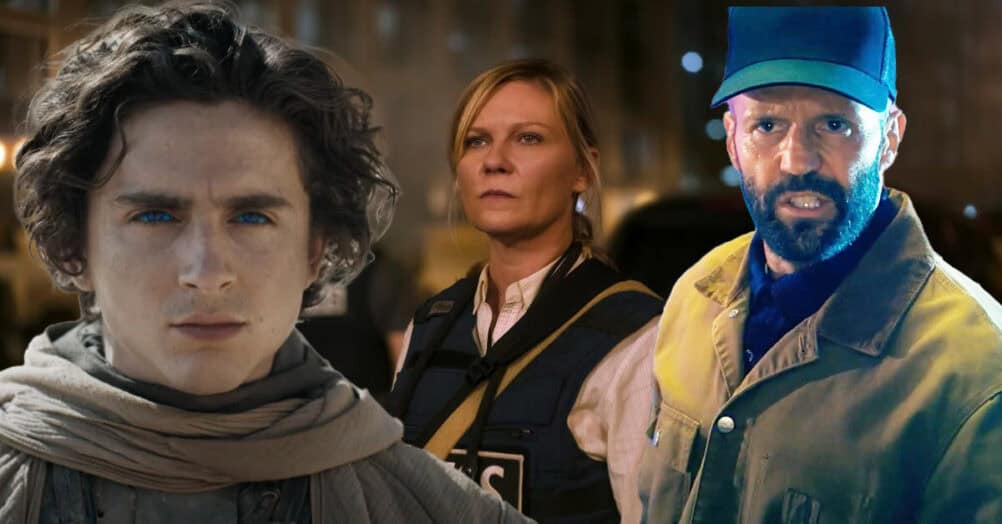
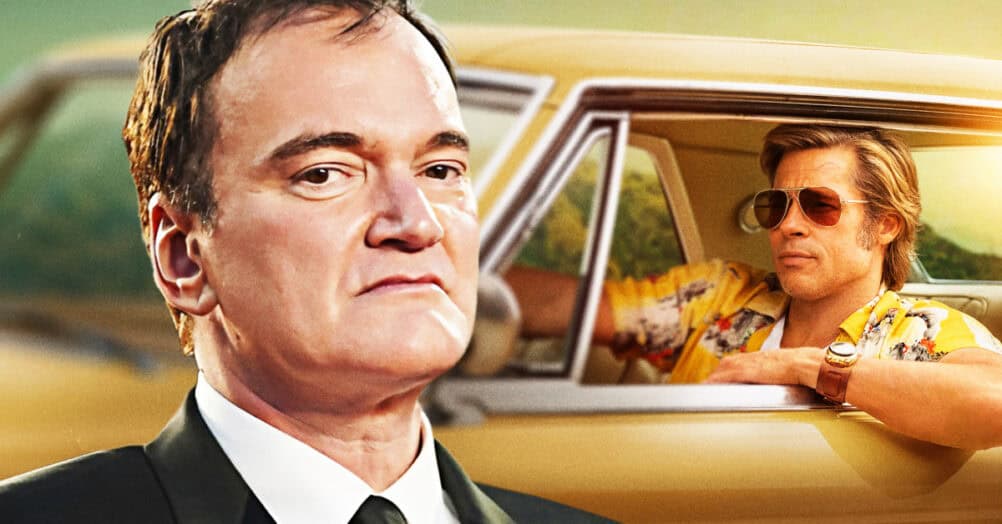

Follow the JOBLO MOVIE NETWORK
Follow us on YOUTUBE
Follow ARROW IN THE HEAD
Follow AITH on YOUTUBE